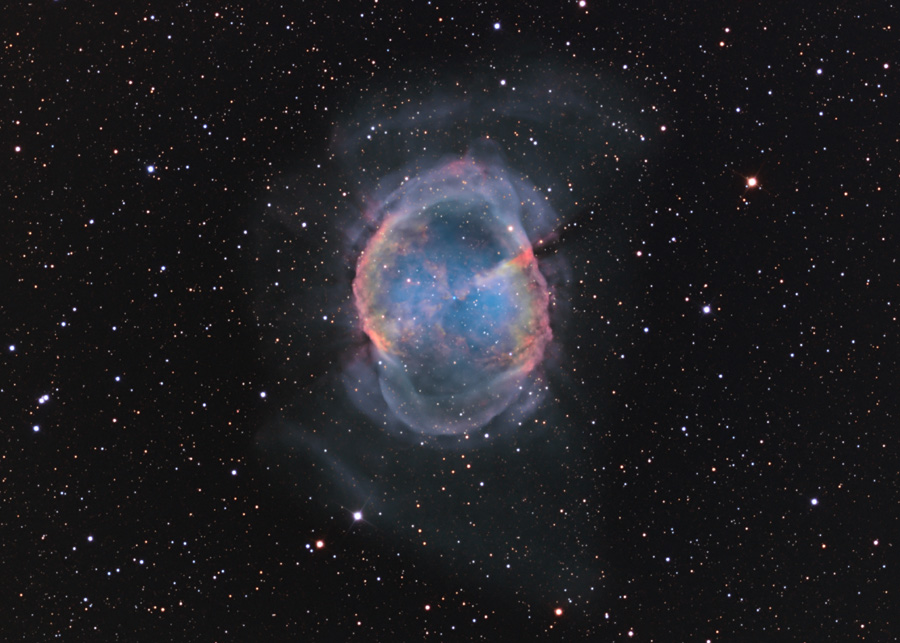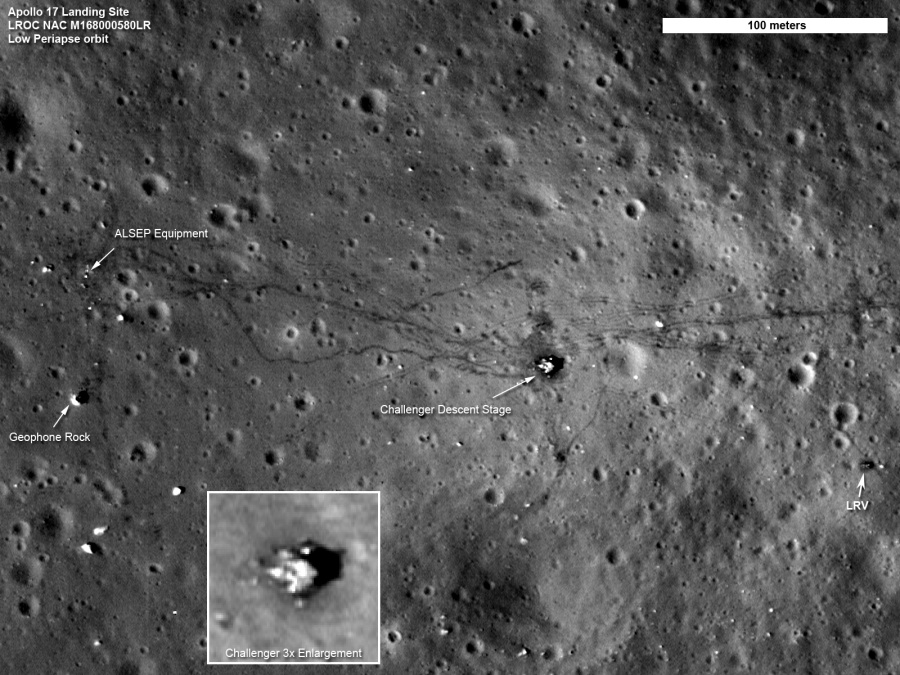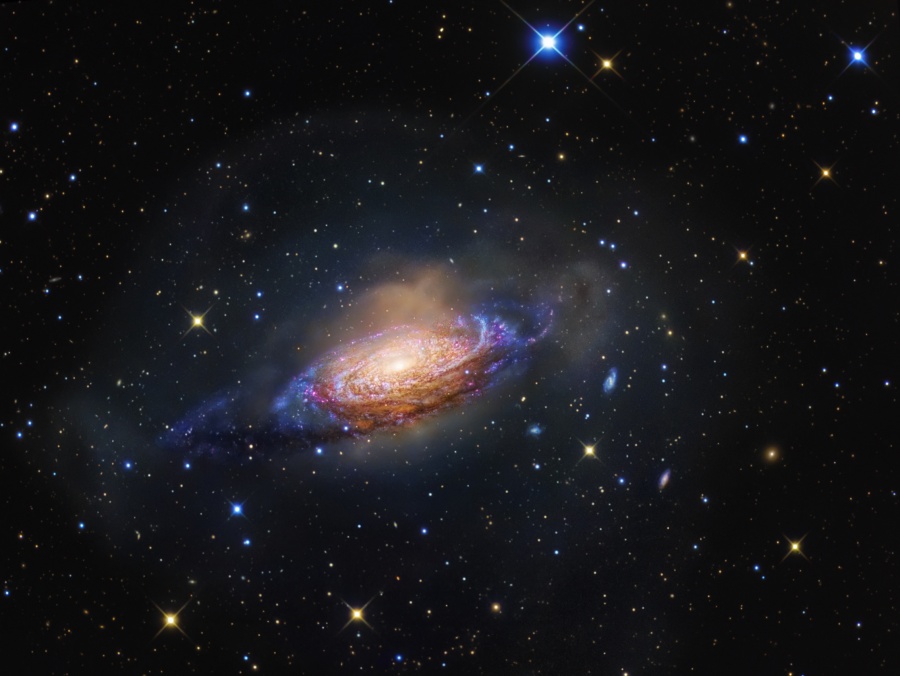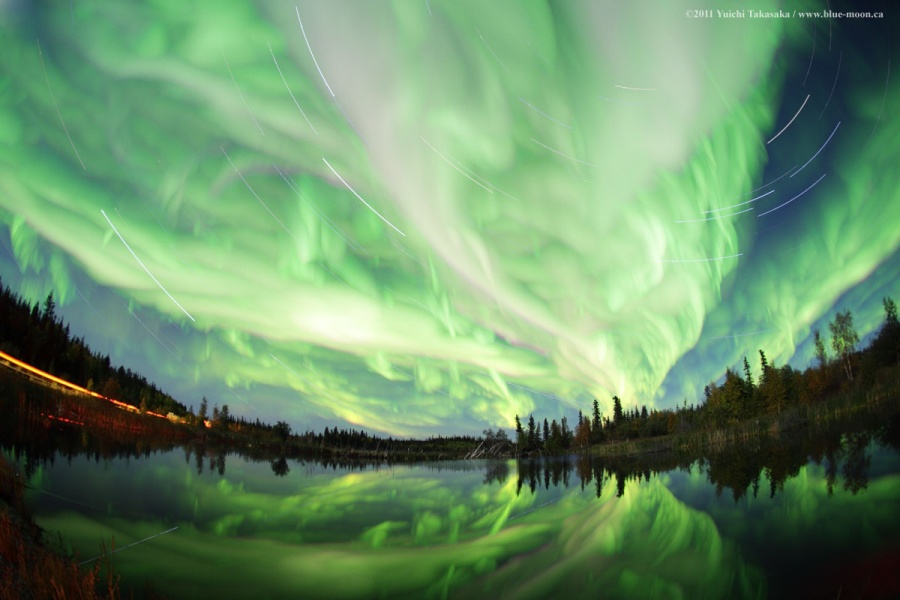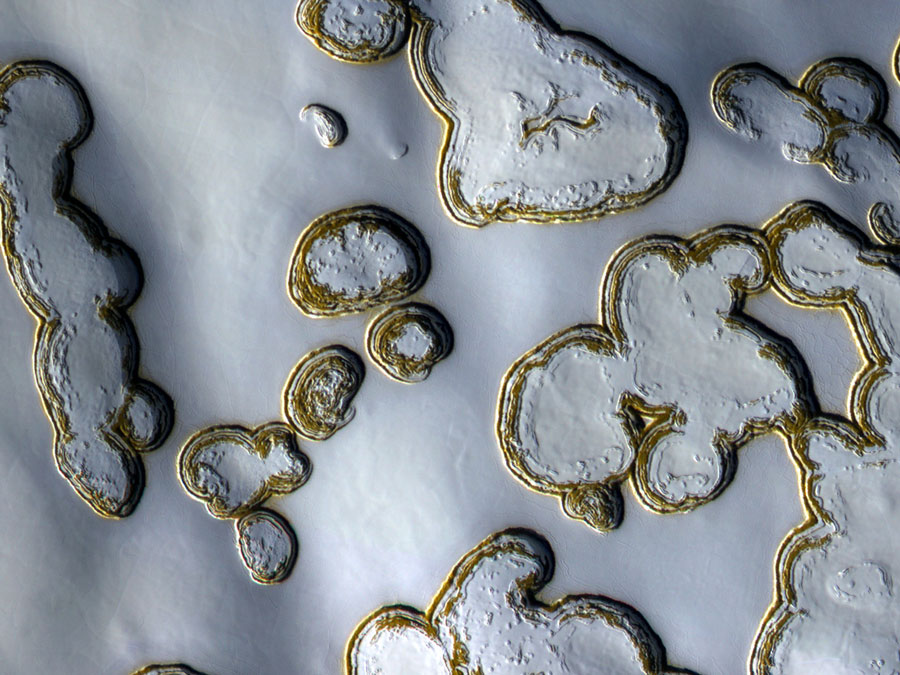Please vote for the two best APODs (image and text) for September, 2011. All titles are clickable and link to the original APOD page.
We ask for your help in choosing an APOM, as this helps Jerry and Robert create "year in APOD images" review lectures and a free PDF calendar at year's end, and provides feedback on which images and APODs were relatively well received.
We are very interested to know why you selected the APODs for which you voted; if you would like to tell us, please reply to this thread. Thank you!
Thank you!
_____________________________________________________________________
<- Previous month's poll
While hunting for comets in the skies above 18th century France, astronomer Charles Messier diligently kept a list of the things he encountered that were definitely not comets. This is number 27 on his now famous not-a-comet list. In fact, 21st century astronomers would identify it as a planetary nebula, but it's not a planet either, even though it may appear round and planet-like in a small telescope. Messier 27 (M27) is an excellent example of a gaseous emission nebula created as a sun-like star runs out of nuclear fuel in its core. The nebula forms as the star's outer layers are expelled into space, with a visible glow generated by atoms excited by the dying star's intense but invisible ultraviolet light. Known by the popular name of the Dumbbell Nebula, the beautifully symmetric interstellar gas cloud is over 2.5 light-years across and about 1,200 light-years away in the constellation Vulpecula. This impressive color composite highlights details within the well-studied central region and fainter, seldom imaged features in the nebula's outer halo. It incorporates broad and narrowband images recorded using filters sensitive to emission from sulfur, hydrogen and oxygen atoms.
This view of the Apollo 17 landing site in the Taurus-Littrow valley was captured last month by the Lunar Reconnaissance Orbiter (LRO), the sharpest ever recorded from space. The high resolution image data was taken during a period when LRO's orbit was modified to create a close approach of about 22 kilometers as it passed over some of the Apollo landing sites. That altitude corresponds to only about twice the height of a commercial airline flight over planet Earth. Labeled in this image are Apollo 17 lunar lander Challenger's descent stage (inset), the lunar rover (LRV) at its final parking spot, and the Apollo Lunar Surface Experiments Package (ALSEP) left to monitor the Moon's environment and interior. Clear, dual lunar rover tracks and the foot trails left by astronauts Eugene Cernan and Harrison Schmitt, the last to walk on the lunar surface, are also easily visible at the Apollo 17 site.
September's equinox arrives today at 0905 UT. As the Sun crosses the celestial equator heading south, spring begins in the southern hemisphere and autumn in the north. And though the seasonal connection is still puzzling, both spring and autumn bring an increase in geomagnetic storms. So as northern nights grow longer, the equinox also heralds the arrival of a good season for viewing aurora. Recorded earlier this month, these curtains of September's shimmering green light sprawl across a gorgeous night skyscape. In the foreground lies Hidden Lake Territorial Park near Yellowknife, Northwest Territories, Canada. Calm water reflects the aurora, with bright star trails peering through the mesmerizing sky glow. Of course, shining at altitudes of 100 kilometers or so, planet Earth's auroras are visible from space.
Part of Mars is defrosting. Around the South Pole of Mars, toward the end of every Martian summer, the warm weather causes a section of the vast carbon-dioxide ice cap to evaporate. Pits begin to appear and expand where the carbon dioxide dry ice sublimates directly into gas. These ice sheet pits may appear to be lined with gold, but the precise composition of the dust that highlights the pit walls actually remains unknown. The circular depressions toward the image center measure about 60 meters across. The HiRISE camera aboard the Mars-orbiting Mars Reconnaissance Orbiter captured the above image in late July. In the next few months, as Mars continues its journey around the Sun, colder seasons will prevail, and the thin air will turn chilly enough not only to stop the defrosting but once again freeze out more layers of solid carbon dioxide.
<- Previous month's poll
